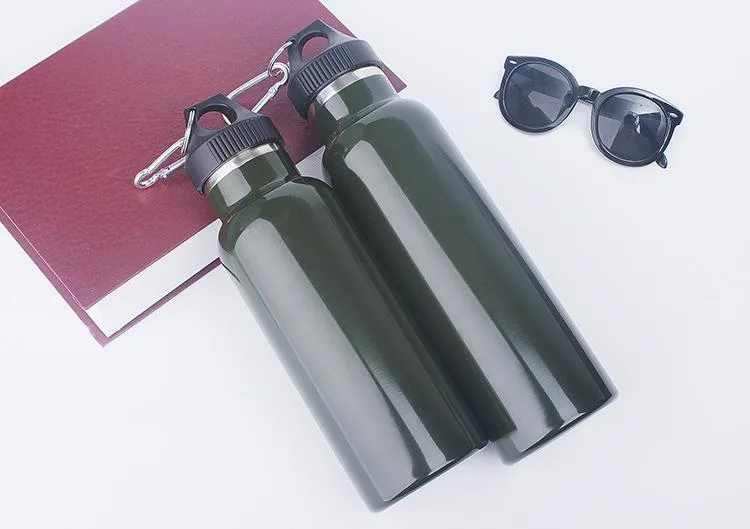Nguyên lý cách nhiệt của bình chân không
Bình thủy điện hiện đại được phát minh bởi nhà vật lý người Anh Sir James Duval vào năm 1892. Vào thời điểm đó, ông đang tiến hành một công trình nghiên cứu về khí hóa lỏng. Để hóa lỏng khí ở nhiệt độ thấp, trước tiên ông cần thiết kế một bình chứa có thể cách nhiệt khí khỏi nhiệt độ bên ngoài. Vì vậy, ông đã yêu cầu Berg, một kỹ thuật viên thủy tinh, thổi một bình thủy tinh hai lớp cho ông. Các bức tường bên trong của hai lớp được phủ thủy ngân, sau đó không khí giữa hai lớp được bơm ra ngoài để tạo thành chân không. Bình chân không có thể giữ nhiệt độ của chất lỏng bên trong không đổi trong một khoảng thời gian nhất định, cho dù lạnh hay nóng.
Vì bình thủy điện chủ yếu được sử dụng để giữ nhiệt nước nóng trong gia đình nên còn được gọi là bình nước nóng. Cấu tạo của bình thủy điện không phức tạp. Ở giữa là bình thủy tinh hai lớp. Chân không giữa hai lớp được hút vào trạng thái chân không và được mạ bạc hoặc nhôm. Trạng thái chân không có thể tránh được sự đối lưu nhiệt. Bản thân thủy tinh là chất dẫn nhiệt kém. Thủy tinh mạ bạc có thể phản xạ lại nhiệt bức xạ từ bên trong bình chứa. Ngược lại, nếu đựng chất lỏng lạnh trong bình, bình có thể ngăn nhiệt bức xạ từ bên ngoài vào bình.
Nút bần của bình thủy điện thường được làm bằng nút bần hoặc nhựa, và không có vật liệu nào dễ dẫn nhiệt. Vỏ bình thủy điện được làm bằng tre đan, nhựa, sắt, nhôm, thép không gỉ và các vật liệu khác. Có một vòng đệm cao su ở miệng bình và một đệm cao su hình bát ở đáy bình. Tất cả những thứ này đều dùng để cố định túi mật thủy tinh để tránh va chạm với vỏ ngoài.
Chức năng giữ nhiệt và làm mát kém nhất của bình giữ nhiệt là ở quanh cổ chai. Do đó, khi sản xuất, cổ chai luôn được rút ngắn hết mức có thể. Dung tích càng lớn và miệng bình giữ nhiệt càng nhỏ thì hiệu quả giữ nhiệt càng tốt.


